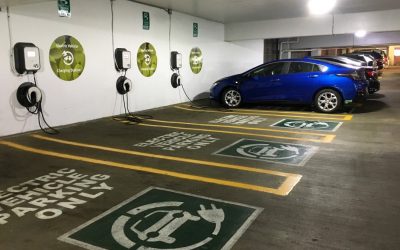The Future of Solar Energy
Despite challenges faced during the large-scale implementation of solar power, the solar industry has excelled in recent years. The incredibly high demand for solar power set a record last year, with over 13 GW of solar photovoltaic (PV) capacity installed in the United States alone. Solar energy accounted for 40% of the total electricity production in the United States in 2019. It has been predicted that solar power will be responsible for an estimated 33% of the global electricity generation by 2050. This suggests a promising future for the industry.
Currently, solar energy is one of the cheapest forms of power in major parts of the world, and its future is expected to be even brighter due to further advancements in technology. One of the main drawbacks of solar power is the belief that it is functional only during a part of the day. However, this is no longer a disadvantage due to improved PV and storage technologies. These technologies have increased the efficiency of solar panels and allow stored energy to be used during the day as well as at night. Additionally, the use of bifacial PV modules enables solar panels to produce additional electricity by absorbing more light, including that reflected from the ground.

Over the past two decades, the overall cost of solar energy has also decreased considerably. In comparison to 2000, the present-day total cost of solar power has fallen by approximately 50%. This is due to an increase in potential consumers, the bulk production of solar cells, as well as lower installation costs. Silicon is commonly used for solar panels because of its conduction properties. As this is one of the most abundant elements on the planet, the cost of extracting and refining it has also decreased over time. Moreover, engineering has become cost-effective and scientists have developed innovative techniques to further reduce the cost of production and installation.
In the immediate future, there is a great likelihood of the cost of solar cells continuing to decrease. In the United States, it is expected that solar panels will be installed on an even larger scale and solar power production will increase by a minimum of 700% by 2050. Fossil fuels are becoming less competitive due to the numerous advantages of solar power, and it is possible that their use will decrease considerably in the upcoming years. With ongoing research, innovative designs, increasing efficiency, and a continuously increasing demand for renewable energy, solar power will undoubtedly become one of the most popular sources of energy in the future.



